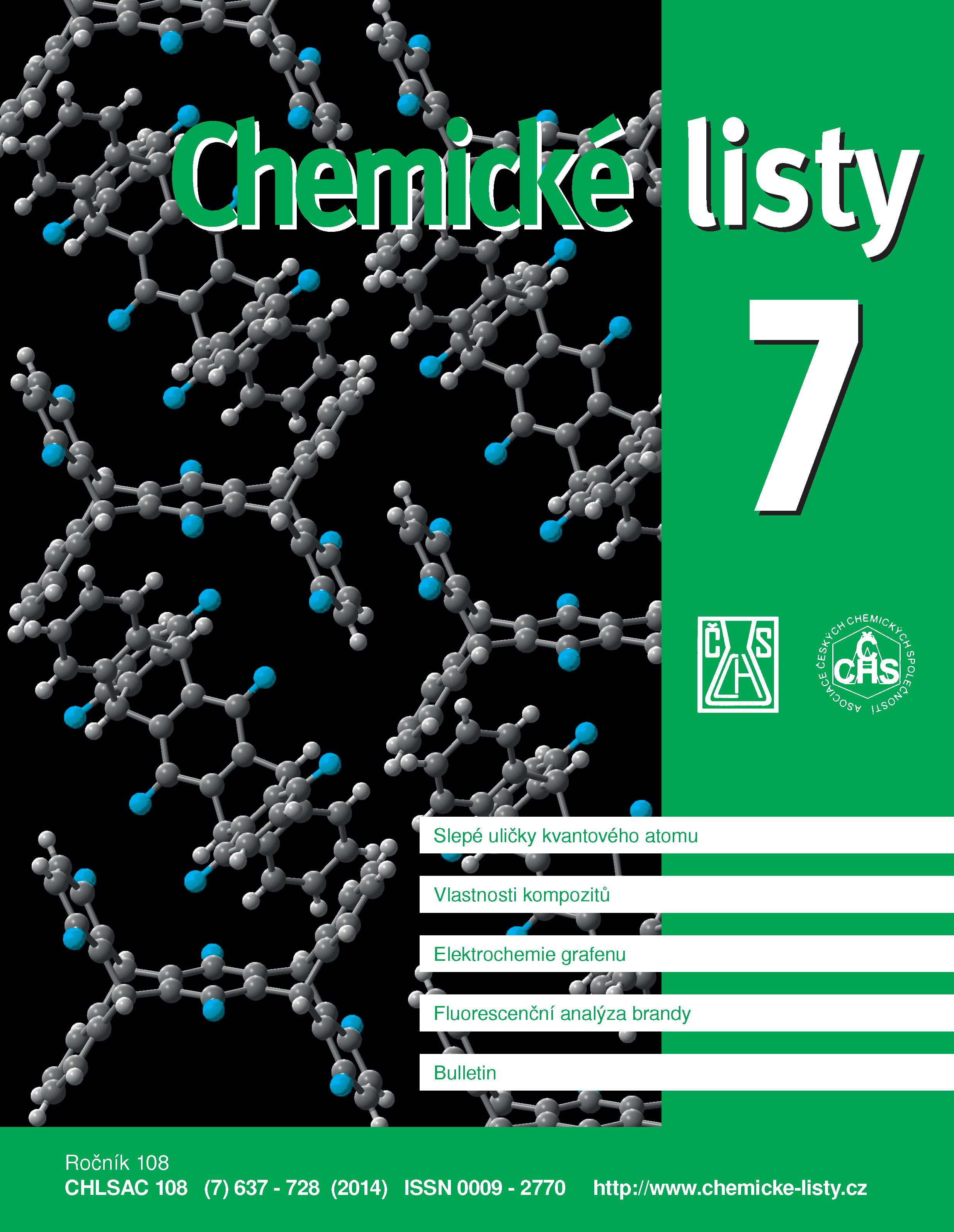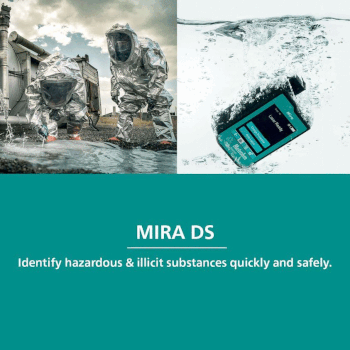Composition, Sources and Analysis of Water-Soluble Organic Compounds in Atmospheric Aerosols
Keywords:
water soluble organic compounds (WSOC), atmospheric aerosolAbstract
Water-soluble organic compounds (WSOC) are an important part of atmospheric aerosols showing a significant effect on radiation balance of atmosphere, contribute to acidification and eutrophication of soil and water and have an adverse influence on human health. WSOC originate mostly from burning of biomass and fossil fuels, road dust, cigarette smoke, abrasion of tires and asphalt or biogenic sources including predominantly pollens from vegetation (primary organic aerosol). WSOC are also products of transformation reactions in atmosphere (secondary organic aerosol). WSOC are composed mainly of HULIS (humic-like substances), monosaccharide anhydrides, saccharides, carboxylic acids, resin acids and methoxyphenols. WSOC are sampled mostly on filters. Filter extracts are analysed by GC or LC or by ion chromatography or capillary electrophoresis.





